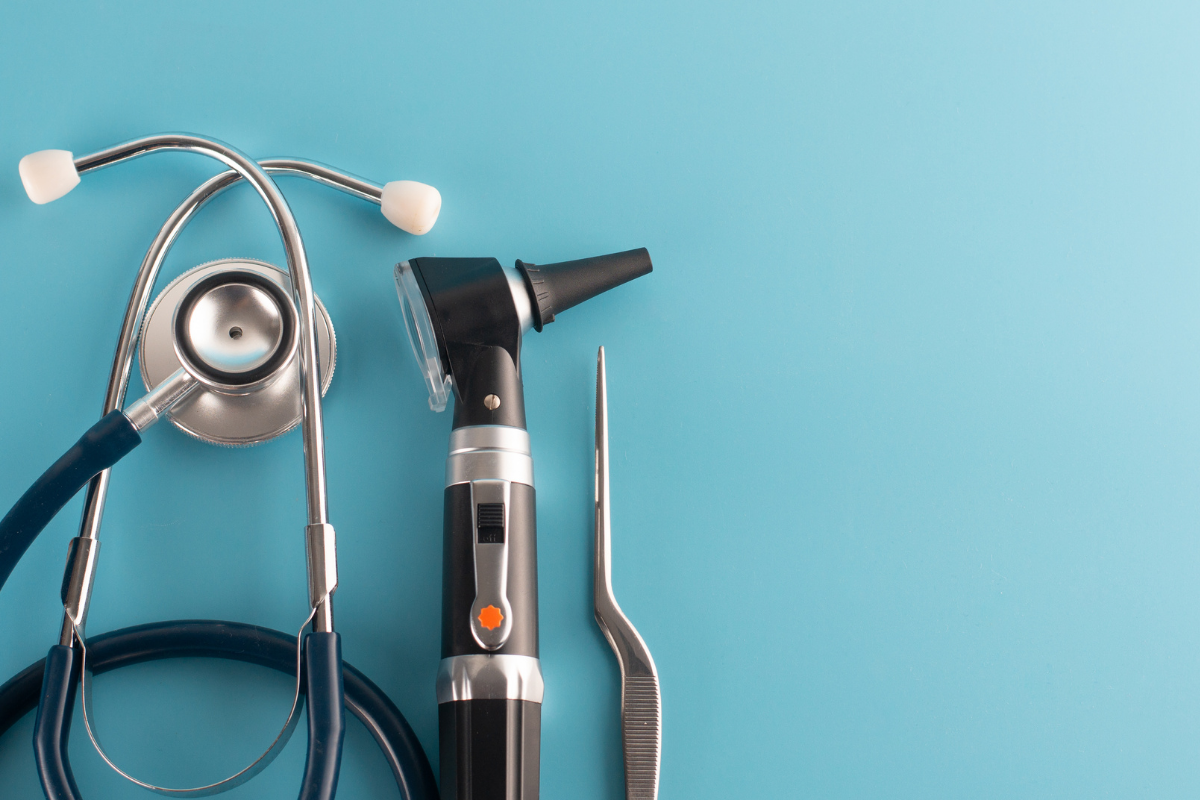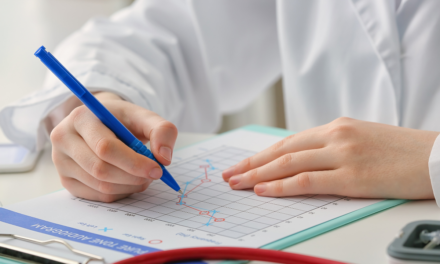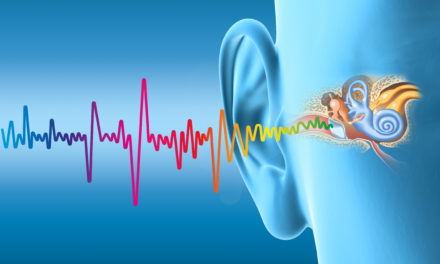How Does a Typical Audiology Appointment Go?
Written by Francis L’Africain
Audiologist

Wondering what to expect during your audiology appointment? Don’t panic! Here is an overview of a “typical” appointment.
However, keep in mind that the tests performed depend on the reason for the consultation, the age (adult vs child), and the availability of the devices in the clinic, hospital, or rehabilitation center. The order of the steps may also differ from place to place. The information given here is therefore indicative.
The Steps of a Typical Audiology Appointment
- Case history: The audiologist asks you questions about your hearing health, general health, history of family deafness, tinnitus, dizziness, everyday hearing difficulties, etc.
- Otoscopy: The otoscope is like a flashlight that allows you to investigate the ear. It is used to visualize the ear canal and eardrum. It also allows the audiologist to check that nothing obstructs the passage of sound.
- Tympanometry: The goal is to check if your eardrum moves well. This is an automatic test, so you have nothing to do except avoid moving, talking or swallowing the time of the measurement. You will feel air pressure in your ear, much like when you are in a plane. A probe, like earphones, is placed in your ear.
- Acoustic reflexes: The purpose of this test is to check whether your ear is properly protected against loud sounds. Again, this is an automatic test, so you don’t have to do anything except avoid talking or moving the time of the measurement. Sounds can sometimes seem loud, but they are not dangerous for your ears. A probe, like an earphone, is placed in your ear.
- Otoacoustic emissions: The purpose of this test is to check whether certain cells inside the ear, external hair cells, are damaged. This is an automatic test where you hear music. A probe, like earphones, is placed in your ear.
- Hearing tests in the soundproof booth:
– “Adult” version (approximately 7 years and older): You will be in a booth that is said to be soundproof, as sounds from outside cannot enter the cabin. The audiologist will place headphones or earphones on/in your ears, or a hoop going behind the ear. It is possible to use several headphones in the same session. In the booth, it is possible to do “voice” tests, so the audiologist will say words that you will have to repeat. There are also “tone” tests, where the goal is to identify the smallest sounds you can hear. You will then have to press a button, raise your hand or say “yes” every time you hear a sound, even a very weak one. There are also tests to determine at which intensity sound becomes uncomfortable.
– “Child” version (approximately 2 ½ years to approximately 7 years): The child is placed in the soundproof booth with an audiologist. The child is given headphones on or earphones in the ears, or a hoop going behind the ear. It is possible to use several headphones in the same session. Together, the audiologist and the child will play games to evaluate the hearing. These games consist, for example, of pointing at images or doing an action (like stacking a block) whenever a sound is heard.
– “Toddler” version (6 months to approximately 2 ½ years): The child is placed on the parent’s lap or in a highchair inside the soundproof booth. An audiologist is also present in the booth. Sounds are presented to the right and left of the toddler. If it correctly turns to sound, an image or a doggie hidden in a box appears. It acts as a reward for the toddler to keep turning his head when he hears a sound.
- Explanations of the results and recommendations: Once the tests have been completed, the audiologist will return to the reason for consultation and explain the results, including the document on which these results are recorded, called the audiogram. He will then discuss, with you, the next steps: the need for a follow-up appointment, an appointment with another professional, communication strategies, hearing amplification solutions, referral to a rehabilitation center, etc. The audiologist is also here to answer all your questions.
How do We Assess the Hearing of Newborns?
For newborns, there are screening tests. These tests are automatic, fast, and painless. All you need is for the baby to be asleep or calm. If you want to learn more, see here how an auditory screening takes place.
Do you have any questions about the conduct of a hearing test? Do not hesitate to contact one of the experts on the ODYO team!

 1.800.909.ODYO
1.800.909.ODYO support@odyo.ca
support@odyo.ca Online
Online  Shop
Shop  Blog
Blog 








